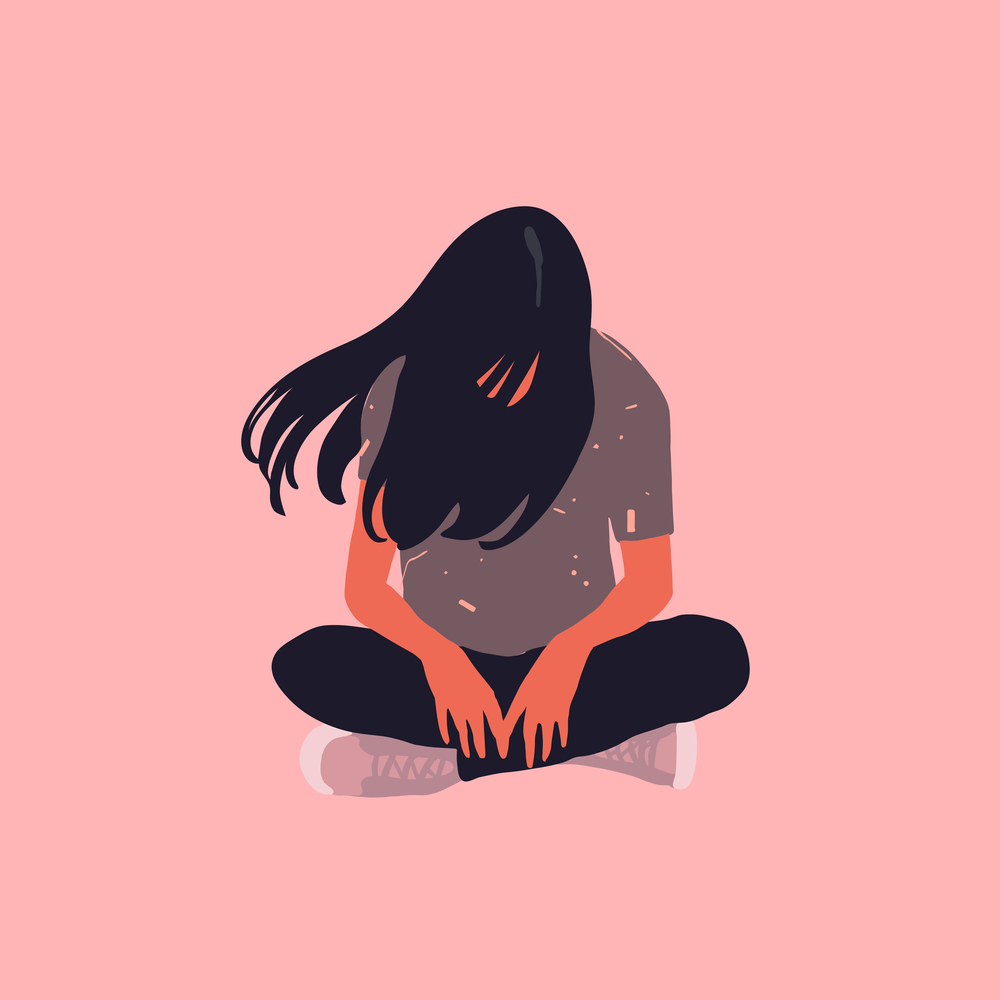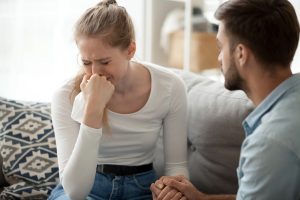
Written by Jackson KM
Opioid abuse. Opioid overdose. Opioid addiction. You may have come across these terms a couple of dozen times if you’re a healthcare professional. That’s especially if you keep close tabs on industry news.
A real crisis continues to unfold, not only in the US, where over 130 people die every day from opioid-related overdoses, but also around the world. The scale is huge. Research from the UNODC and CDC shows more than 16 million people globally suffer from opioid use disorder—over two million in the US alone as of 2021.
Coordinating care for this group is complex work for case managers. They guide referrals to treatment programs that fit each person’s needs and situation. They bridge gaps when resources or access fall short. They also track recovery through sometimes messy setbacks or relapses.
Staying organized helps, but there’s more to it than keeping tidy notes or making reminder calls. There are critical checkpoints. Decisions need context. Every patient story adds nuance.
Let’s break down how case managers actually coordinate comprehensive care—step by step—and what details make all the difference.
Understanding the Basics of OTP Care: An Overview
OTP here is not to be confused with Outpatient Therapeutic Programs, which focus on caring for malnutrition-affected children in communities.
Many patients struggling with opioid use disorder find their path to recovery shaped by more than medication. Easy access, clear expectations, and a strong support system can mean the difference between staying in treatment and falling through the cracks and relapse.
Reliable opioid treatment programs deliver structured daily dosing for medications like methadone or buprenorphine, combined with counseling and regular monitoring. Intake starts with medical screenings and a review of prior substance use history.
Each patient must also meet strict federal qualifying criteria before getting started. For those new to this area, you can reference an overview that spells out these criteria. It should at the very least detail medication choices and explain intake steps on day one, ensuring your approach fits real needs right away.
Key Medications Used in Treatment
Managing opioid use disorder requires more than just willpower or support groups. Medication plays a central role for most patients. The right drug reduces cravings. It curbs withdrawal and helps the brain recover stability.
Some medications act like opioids themselves but with controlled, safe dosing to prevent the rush that leads to addiction. These are called agonists. Others work by blocking opioid receptors entirely so that if a patient uses again, the drug has little effect. These are known as antagonists.
Understanding these options matters because each path offers distinct benefits and challenges depending on a patient’s history and current needs.
When you break it down, some major medications include:
Methadone
A full opioid agonist, methadone is perhaps the most popular of its kind. It binds to brain receptors much like heroin or prescription painkillers, but in a managed way. With careful daily dosing and close supervision, it prevents withdrawal symptoms and significantly reduces cravings.
Buprenorphine
Buprenorphine, a partial agonist, works by attaching to opioid receptors too, but produces milder effects than full opioids. It lowers the risk of overdose and can be prescribed in outpatient settings, making it a flexible choice for many patients.
Naltrexone
Unlike the others, this one is an antagonist. Naltrexone blocks opioid receptors completely, stopping any high from opioids. It works best for patients who are already detoxed and can be taken as a daily pill or a monthly injection.
Navigating Patient Intake and Screening Tools
Upon receiving an opioid use disorder referral, case managers know the next steps shape everything that follows. Every patient starts with a confidential interview covering:
- Drug history,
- Mental health background,
- Social factors,
- And previous treatments.
Standardized screening tools help sort out substance severity and other health concerns quickly. Many clinics rely on assessments like the Clinical Opiate Withdrawal Scale or the ASAM Criteria for medical necessity.
These details matter for more than paperwork. Accurate intake sets expectations for care planning. Moreover, solid documentation guides medication choice and determines what extra supports might be needed along the way.
Addressing Eligibility and Certification Checks
Proper certification stands as a non-negotiable in this field. Federal and state rules tightly govern who can offer opioid treatment services, so verification is more than a box to tick. Case managers thus review licensure, DEA numbers, and program status before any referrals proceed.
Eligibility for patients involves checking:
- Recent opioid use history,
- Age requirements,
- Pregnancy status,
- Previous treatment attempts,
- And other medical considerations.
A clear understanding of these criteria ensures only qualified individuals receive care while programs stay compliant with all regulations.
Methadone versus Buprenorphine: Choosing a Path
While on treatment for opioid addiction, some patients need daily supervision to stay safe. Others manage better with more independence.
Methadone requires visits to specialized clinics for monitored dosing, often each day at first. Buprenorphine can be prescribed in primary care or mental health offices, sometimes allowing take-home use.
There are also additional factors case managers should consider, like:
- Substance severity
- Past relapses
- Medical history
- Patient preference.
All help guide which medication path best supports sustained recovery.
Handling Legal and Consent Requirements under 42 CFR Part 2
Protecting patient privacy is central when managing opioid treatment. Federal law—specifically 42 CFR Part 2—strictly controls how and when substance use records can be shared, even among healthcare providers.
Patients must sign detailed consent forms before information leaves the clinic. Any unauthorized disclosure of substance use disorder (SUD) information could trigger severe penalties for both staff and organizations.
Case managers stay up to date with legal standards, always confirming that documentation meets regulatory expectations before releasing any details about a patient’s care or history.
Overcoming Common Barriers: Transportation, Cost, and Stigma
OTP patients often face a myriad of challenges beyond cravings and withdrawal.
For instance, getting to daily clinic visits can be tough without reliable transportation. Treatment costs may put care out of reach for those with tight budgets or no insurance. Stigma around opioid use adds another layer of difficulty… sometimes discouraging people from even seeking help.
Case managers connect clients with ride services, funding programs, or supportive community networks to reduce these obstacles so recovery stays possible.
Supporting Special Populations: Pregnant Patients, Veterans, Low-Income Groups
Complex social and medical needs shape how care is delivered for certain groups in opioid treatment. Addressing barriers goes beyond standard protocols and requires coordination with specialized services that support better outcomes.
Pregnant Patients:
Care teams must balance fetal health and maternal stability. Methadone is often preferred due to established safety records, while regular monitoring helps catch complications early for both mother and child.
Veterans:
Veterans face high rates of chronic pain or mental health issues from service-related experiences. Case managers partner with VA resources for trauma-informed counseling, alternative therapies, and housing support when needed.
Low-Income Groups:
Limited insurance coverage means more obstacles to paying for medication or transportation. Programs offering sliding-scale fees, public transit vouchers, or community grants bridge access gaps so cost does not block essential care.
Tracking Progress with Practical Follow-Up Metrics
No one wants to simply refer a struggling patient out and call it a day. That’s not good practice or compassionate care. Ongoing support makes all the difference in long-term outcomes.
Case managers use several strategies to stay involved:
- Scheduled check-ins: Regular phone calls, clinic visits, or video sessions track medication adherence as well as personal challenges.
- Monitoring relapse risk: Urine screens and self-reported data flag setbacks early so interventions happen before full relapse.
- Adjusting support plans: What if someone’s circumstances change, like housing loss or perhaps a new mental health diagnosis? With follow-up, plans can shift quickly to keep recovery stable without missing a beat.
Besides building trust, such an approach helps prevent people from falling through cracks as they navigate treatment.
Building Community Resource Connections for Lasting Recovery
Care extends well past the clinic walls. Recovery happens in everyday settings—at work, at home, and in community spaces where support systems matter most.
Case managers develop partnerships with local organizations to connect patients with opportunities like:
- Job training,
- Housing programs,
- Food assistance,
- Childcare resources,
- And more.
The goal is stability that reinforces clinical progress made during treatment.
When people lose access to these supports, relapse risks climb fast.
Collaboration with social workers or peer mentors keeps care personalized and ongoing. These links also give case managers insight into a patient’s day-to-day realities outside formal healthcare settings. And, real-time feedback helps spot gaps early and prevent disruptions before they threaten recovery progress.
Practical partnerships create safety nets so patients have backup when challenges come up—a necessary piece of any comprehensive opioid use disorder care plan focused on lasting change.
Staying Adaptive in a Changing Opioid Treatment Landscape
Case managers now face shifting rules, changing patient needs, and an expanding menu of therapies every year. Building new skills, learning local resources, and connecting with fellow professionals never loses relevance. What worked yesterday might not serve tomorrow’s patients.
A flexible approach is essential for effective care. As our understanding deepens and best practices evolve, one thing is for sure. Continued focus on coordinated opioid treatment keeps the door open to better outcomes for everyone involved—patients, providers, and communities alike.
References:
- Wang, S., He, Y., & Huang, Y. (2025). Global, regional, and national trends and burden of opioid use disorder in individuals aged 15 years and above: 1990 to 2021 and projections to 2040. Epidemiology and Psychiatric Sciences, 34, Article e32. https://doi.org/10.1017/S2045796025100085
- Health Resources and Services Administration. (n.d.). Opioid crisis. https://www.hrsa.gov/opioids
- Centers for Disease Control and Prevention. (n.d.). About opioid use during pregnancy. https://www.cdc.gov/opioid-use-during-pregnancy/about/index.html
- Dydyk, A., Jain, N., & Gupta, M. (2024). Opioid use disorder: Evaluation and management. In StatPearls. StatPearls Publishing. https://www.ncbi.nlm.nih.gov/books/NBK553166/
- Wesson, D. R., & Ling, W. (2003). The clinical opiate withdrawal scale (COWS). Journal of Psychoactive Drugs, 35(2), 253-259. https://nida.nih.gov/sites/default/files/ClinicalOpiateWithdrawalScale.pdf
Author Bio:
Jackson KM is a passionate writer and former microbiologist who contributes to numerous health publications. With a deep love for sharing healthcare inspiration, he blends scientific insight with engaging storytelling to empower readers and spark curiosity whenever the opportunity arises.
Please also review AIHCP’s Case Management Certification program and see if it meets your academic and professional goals. These programs are online and independent study and open to qualified professionals seeking a four year certification















 Written by
Written by 


